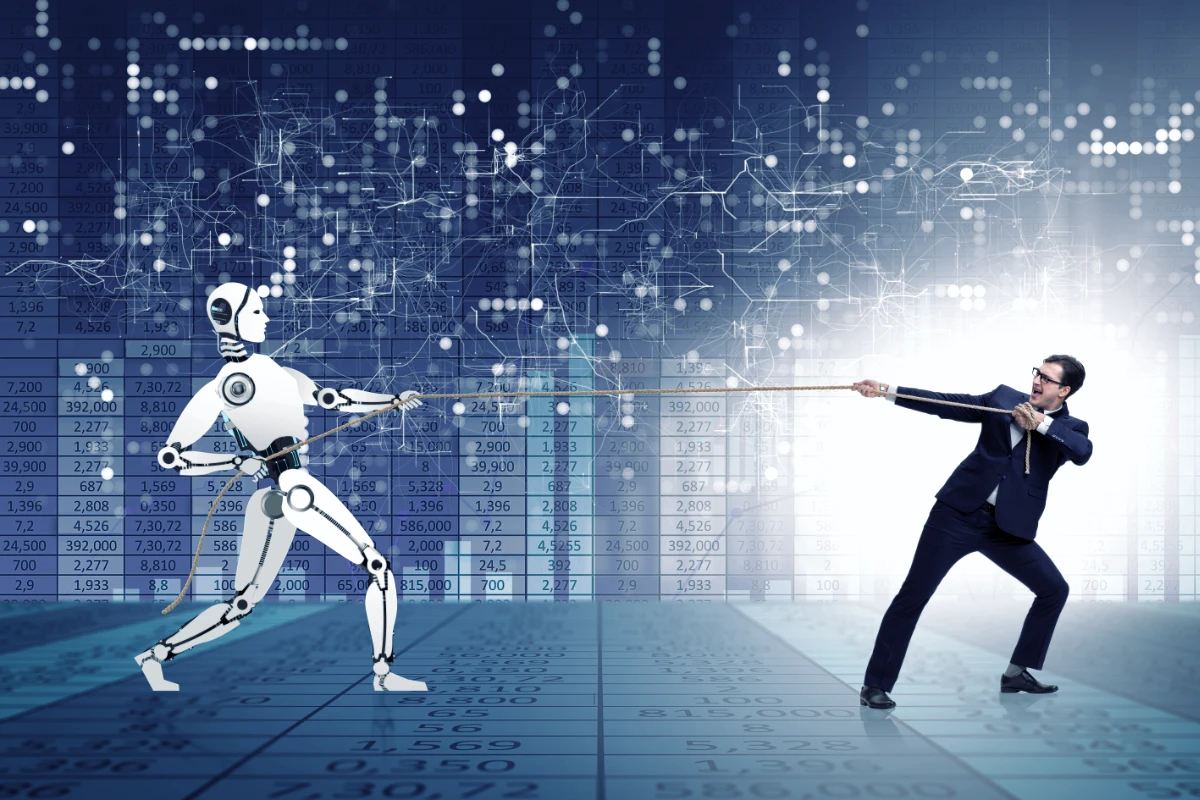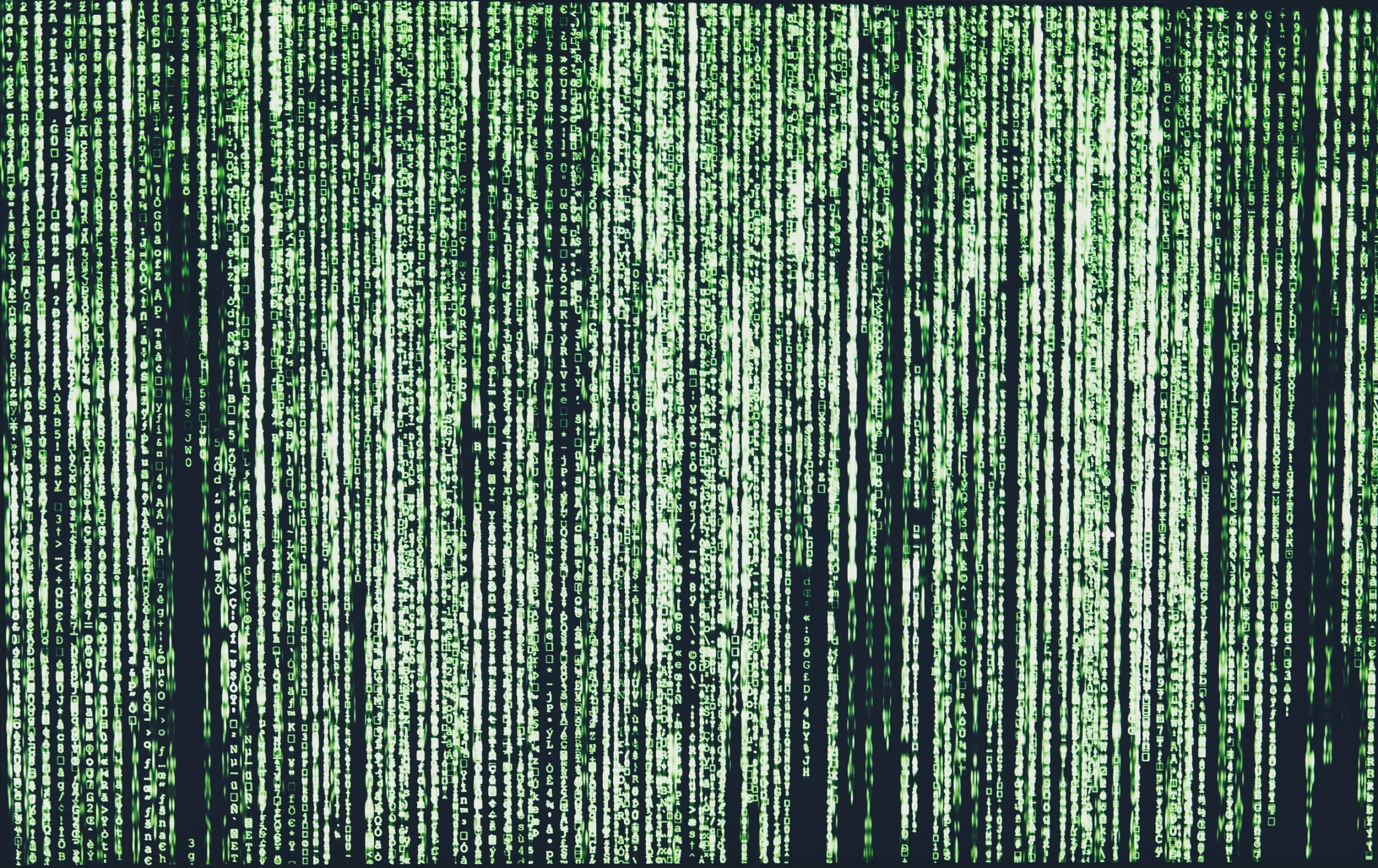The Dead Internet Theory: What Is It and Why It Matters in 2025
What Is the Dead Internet Theory? Understanding the Internet Conspiracy
Last Updated: 04/16/2025
The Dead Internet Theory suggests that the internet, as we know it, is largely a facade. According to proponents of this theory, the internet is predominantly filled with bots and automated content rather than genuine human interaction. This theory posits that the organic, user-driven nature of the internet has been replaced by artificial activity, managed by a few large corporations and governments.

Origins and Rise of the Dead Internet Theory: When Did It Start?
The Dead Internet Theory first gained traction in 2016. It emerged from various online forums and message boards where users began noticing an increase in low-quality, repetitive content. The theory gained wider recognition when a user named “IlluminatiPirate” created a thread titled “Dead Internet Theory: Most Of The Internet Is Fake” on the Agora Road’s Macintosh Cafe forum in 2021. This phenomenon seemed to coincide with the rise of sophisticated bots and AI that could generate content indistinguishable from that produced by humans. As these technologies advanced, more users began to speculate that much of the internet traffic and interactions were artificial, leading to the theory’s growing popularity.
Evidence Supporting the Dead Internet Theory: Signs to Look For
Proponents of the Dead Internet Theory point to several pieces of evidence:
- Content Homogenization: A significant portion of online content appears repetitive and generic. This is particularly noticeable in areas like news articles, product reviews, and social media posts.
- Bot Traffic Stats: Studies have shown that a large percentage of internet traffic is generated by bots. According to recent reports from Imperva, bots accounted for nearly 50% of all web traffic in 2023, a 2% increase from the previous year, with much of this rise attributed to AI models scraping content for training.
“Bots are one of the most pervasive and growing threats facing every industry. As more AI-enabled tools are introduced, bots will become omnipresent.” – Nanhi Singh, General Manager, Application Security at Imperva
- Corporate Control: A small number of corporations control a vast amount of online activity. Companies like Google, Facebook, and Amazon dominate web traffic and content distribution, leading to concerns about the manipulation and artificial inflation of internet activity.
- AI-Generated Content Explosion: The rapid advancement of AI text and image generators has resulted in a flood of artificially created content. Recent phenomena like the “Shrimp Jesus” AI-generated images that went viral on Facebook demonstrate how AI-created content can quickly spread and appear to be organically popular.

Recent Examples of AI Content Domination Online
In 2024, several notable examples have fueled renewed interest in the Dead Internet Theory:
- AI-Generated Social Media Content: Platforms like Facebook have seen strange AI-generated religious imagery go viral, such as images combining Jesus with shrimp, flight attendants, and other bizarre combinations. These posts often receive thousands of AI-generated comments saying “Amen.”
- Content Farms: The rise of websites that use AI to generate hundreds of articles with minimal human oversight has flooded search results with low-quality information designed primarily to attract clicks.
- Dating App Bots: Popular dating applications have reported significant increases in AI-generated profiles using sophisticated techniques to appear human, some created for scams while others to inflate user numbers.
Criticisms and Counterarguments: Is the Dead Internet Theory True?
Critics of the Dead Internet Theory argue that the evidence provided is circumstantial and lacks concrete proof. They point out several counterarguments:
- Technological Advancements: The rise of AI and bots can be attributed to technological progress rather than a deliberate attempt to “kill” the internet. These tools are used to enhance efficiency and user experience.
- Human Behavior: The repetitive nature of online content can be explained by human behavior and the tendency to mimic popular trends and topics.
- Economic Incentives: The corporate control of the internet is driven by economic incentives rather than a coordinated effort to replace human activity with bots.
- Expert Perspectives: Many AI researchers and internet scholars consider the Dead Internet Theory to be an exaggeration. As Caroline Busta, founder of the media platform New Models, noted, while there are legitimate concerns about bot traffic and internet integrity, the full theory is largely a “paranoid fantasy.”
“[Much of the dead Internet theory is a] paranoid fantasy, even if there are legitimate criticisms involving bot traffic and the integrity of the internet.” – Caroline Busta, founder of the media platform New Models
Implications of the Dead Internet Theory for Online Trust
If the Dead Internet Theory holds any truth, it has significant implications for how we perceive and use the internet. Some potential consequences include:
- Trust Issues: People may become more skeptical of online information and interactions, questioning the authenticity of what they see and read.
- Content Creation: There may be a push for more genuine and original content, with an emphasis on transparency and authenticity.
- Digital Literacy: Enhancing digital literacy becomes crucial, as users need to differentiate between human and automated content.
- Changes in Platform Design: Social media and content platforms may need to implement verification systems and transparency measures to help users distinguish between human and AI-generated content.
How to Identify Genuine Content vs. AI-Generated Content
For those concerned about interacting with bots or automated content, here are expanded tips to identify genuine online interactions:
- Check Author Information: Look for detailed author bios and credentials. Genuine content creators often provide background information, contact details, and links to their other work or social media profiles.
- Engage in Discussions: Genuine users are more likely to engage in meaningful discussions and provide thoughtful responses. Try asking specific follow-up questions that require nuanced understanding or personal experience.
- Analyze Writing Style: Automated content often lacks the nuance and variation found in human writing. Look for unique perspectives, personal anecdotes, and inconsistencies that reflect genuine human thought processes.
- Look for Emotional Depth: AI-generated content often struggles with authentic emotional expression. Human content typically contains subtle emotional cues, humor, or idiosyncratic expressions that most AI systems cannot yet replicate convincingly.
- Use AI Detection Tools: Consider using AI content detection tools that can help identify machine-generated text, though these aren’t always perfectly accurate.
Frequently Asked Questions About the Dead Internet Theory
No, the Dead Internet Theory is not scientifically proven and remains a conspiracy theory. While there is evidence of increased bot activity and AI-generated content online, there’s no proof of a coordinated effort to “kill” the internet as the theory suggests.
The theory began gaining traction around 2016-2017, with significant mainstream attention following a viral thread on the Agora Road’s Macintosh Cafe forum in 2021.
According to recent cybersecurity reports, bots account for approximately 45-50% of all internet traffic, though this varies by sector and website type.
The Dead Internet Theory presents a fascinating perspective on the state of the internet. While it raises valid concerns about the prevalence of bots and automated content, it is important to approach the theory critically and consider alternative explanations. As the internet continues to evolve with advancing AI technologies, staying informed and developing strong digital literacy skills will help users navigate this increasingly complex digital landscape.